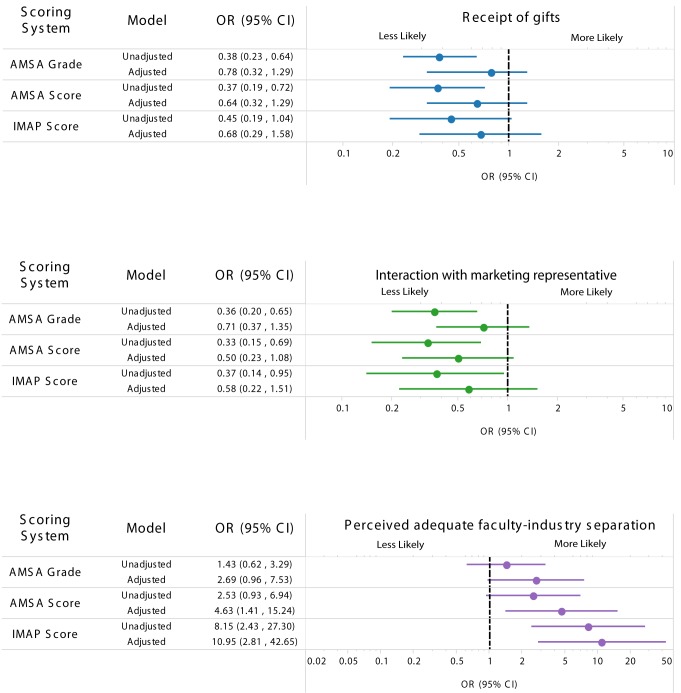Figure 1. Association between strength of medical school industry interaction policies and survey responses.
Outcome comparing schools with the most restrictive policies and schools with the least restrictive policies for receipt of gifts (top), interaction with marketing representatives (middle), and perceived adequacy of faculty–industry separation (bottom). For example, in the unadjusted AMSA grade scoring system, students from schools with the most restrictive policies had about 60% less odds of receiving gifts compared to those from a school with the least restrictive policies. The fully adjusted model included the year in training, size of the medical student population, and a dichotomous measure of NIH funding. NIH funding is a measure of the amount of government-funded basic science research occurring at the medical school. High NIH funding was defined as above the median value (US$94.2 million) for all medical schools in 2010 (compared to schools below the median value).

